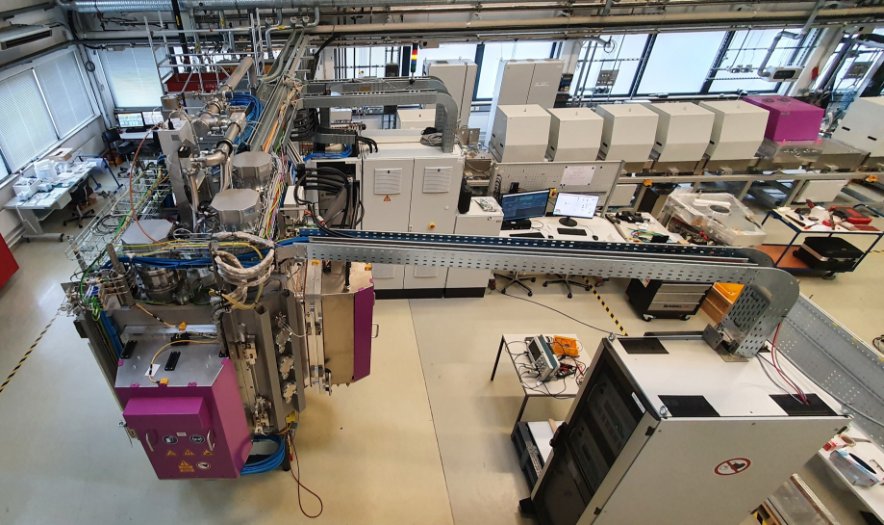Success is in the Details: Not-So-Obvious Subtleties of Voltage Control
已发布 四月 08, 2014 由 Dave Christie
The possibility of controlling reactive sputtering processes in the transition region has been intriguing and compelling for as long as I have been in the thin-films industry (actually, since before I joined the industry in 1995). It has also been challenging, due to subtle and nuanced issues with practical details such as process arcs. When the process arcs, the system power supply needs to respond. Power supply arc response is critical for success.
I met Uwe Krause, now my colleague and fellow blogger at Advanced Energy, at the ICCG conference in Maastricht, in 2000. He had done some interesting experiments on a large-area reactive sputtering process operating in the transition mode. He’d tried various shutdown times for the power-supply arc-handling response. What he showed was that longer shutdown times could result in disruptions to the process that were much longer than just the power supply shutdown time; the evidence was the perturbation in the partial pressure of oxygen, measured with a lambda sensor [1].
I was fascinated with his results, and with the notion that I could model the effect. I discovered that Bartzsch and Frach, and also Malcomes and Vergöhl, had extended the Berg model to include dynamics as part of their work. I used their work as a guide to build a dynamical model. Now, I could model what happened when the power supply was shut off, start to understand what happens internally to the process, and see if my model predicted the results Uwe had seen empirically.
I modeled the power supply arc response, with interruptions of differing durations. I was pleased to get results that were consistent with Uwe’s empirical data and conclusions, showing that shutdowns that are too long can result in disruptions to the process much longer than the actual shutdown. In addition, I was able to get and share some intuition about just what was happening inside the process. Quantitatively. This helped me to rapidly grow my intuition about reactive sputtering, and to share that intuition with the thin-film community [2].
Similar intuition was used by the team that developed transition-mode voltage control for the Advanced Energy®Crystal® power supplies. The arc-response recovery protocol was enhanced to enable integrated voltage control to work effectively. When reapplying power after an arc occurs, a short period of higher power helps to return the target to the pre-arc condition, as shown in the figure below [3]. More of the target becomes covered with reactive compound. Oxygen partial pressure increases, since oxygen is adsorbed on the target surface but not removed by sputtering during the shutdown. Also because target material is not sputtered during the shutdown, getter pumping at the chamber surfaces decreases. The higher power applied immediately after the arc response accelerates the return to the equilibrium target surface coverage fraction and oxygen partial pressure.
This subtle enhancement to the Crystal arc response enables success in voltage control of reactive processes worldwide, every day.

References
[1] U. Krause, et al., “Requirements for the System Power Supply Sputter Source for High Power Pulsed Magnetron Sputtering,” Proceedings of the 3rd International Conference on Coatings on Glass, p. 173, 2000.
[2] D.J. Christie, E.A. Seymour, “Power System Requirements for Enhanced Mid-Frequency Process Stability,” Society of Vacuum Coaters 46th Annual Technical Conference Proceedings, p. 257, 2003.
[3] C. Gruber, et al., “Voltage Control for Reactive Sputtering: Improving Typical Sputter Rate while Dramatically Reducing Input Power Requirements,” Society of Vacuum Coaters 52nd Annual Technical Conference Proceedings, p. 153, 2009.



.jpg?resizemode=force&maxsidesize=884)